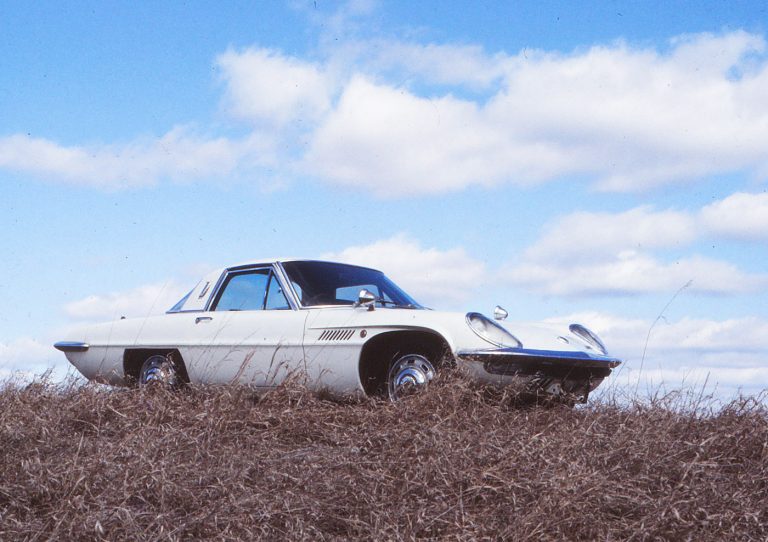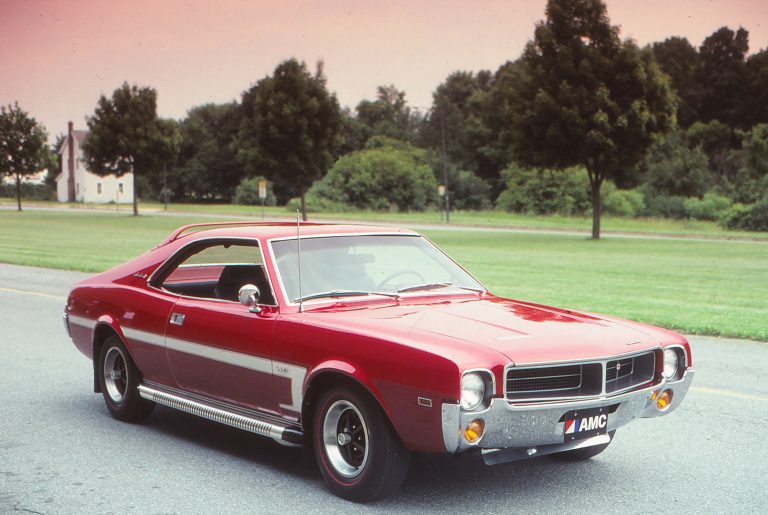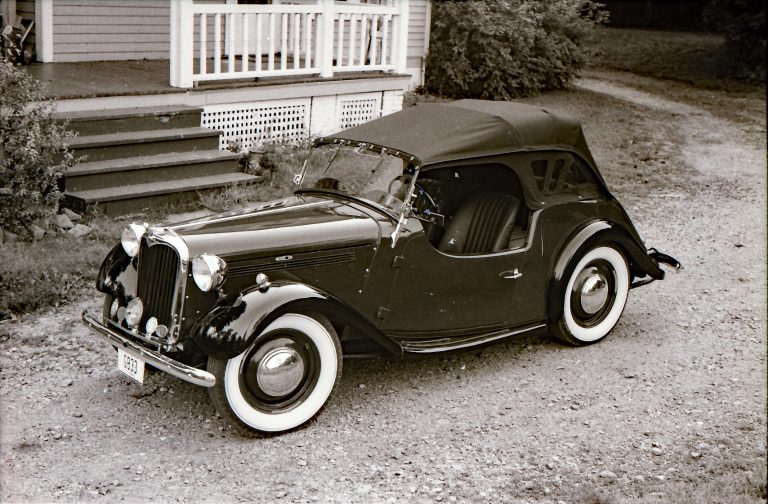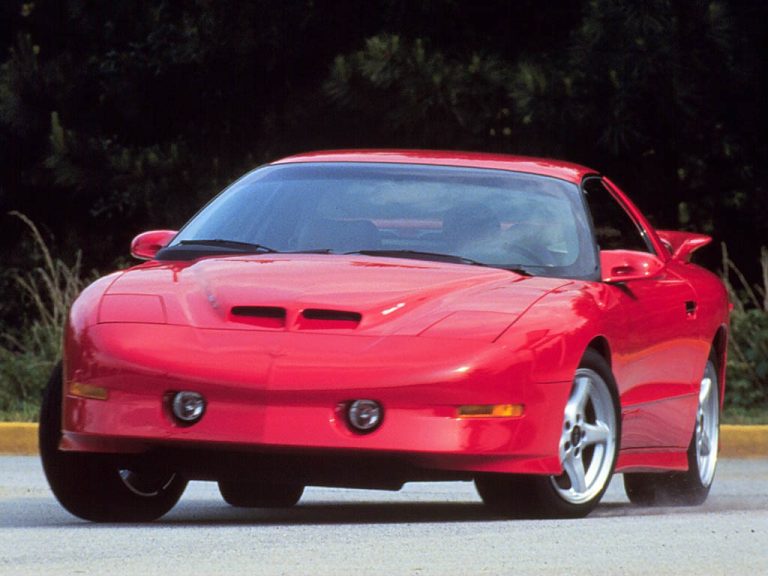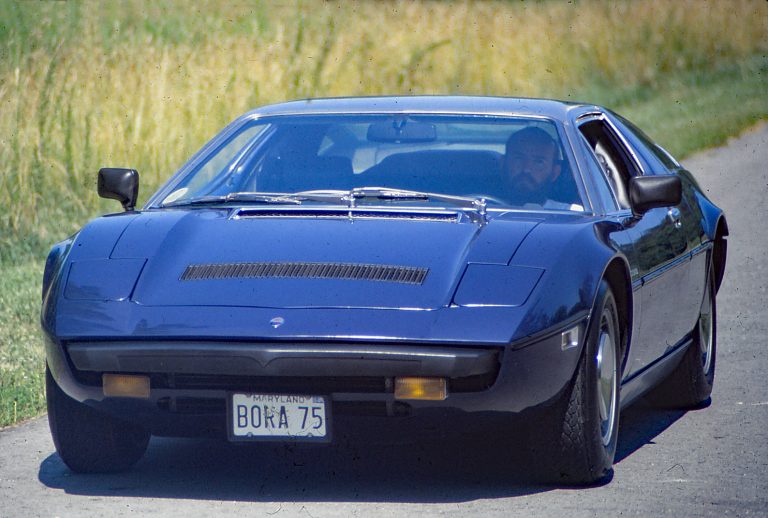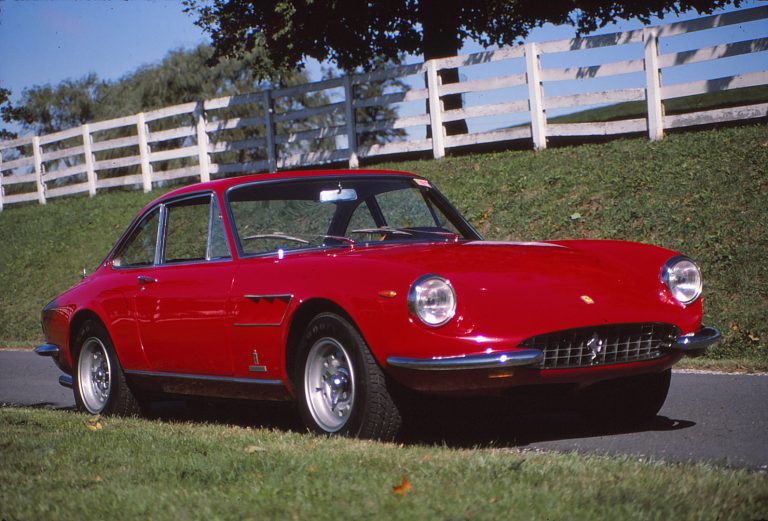History originally published in Sport Compact Car in September 1999
Hyundai already had made a name for itself selling cars, the penny-squeezing Excel and the luxury-stuff-on-a-budget Sonata. So it was no surprise the Korean manufacturer’s sport coupe, introduced in the 1991 model year, was what marketing types call a “value leader.” It was cheap, and at a $8,495 base price, thousands less than its nearest competitor. It was dubbed Scoupe, a bit of almost-to-clever titling featuring an exaggerated “S.” Sport-coupe, get it? And with a slippery, is stubby nose, discreetly flared fenders, and a wrap-around rear window à la Oldsmobile and the obligatory wing on the trunk lid, it fit in with the other Oriental sports coupe of the era.
The basic underpinnings came from the Excel sedan, blessed by Lotus engineering. It was actually one slot above standard econobox rigging, with the typical McPherson struts with offset coil springs and an anti-roll bar up front, but trailing arms with progressive coil springs and an anti-roll bar in back. Tires were Michelin P185/60HR-14’s, and altogether it handled surprisingly well. Alas, under the hood, the Scoupe had a Mitsubishi hand-me-down SOHC 8-valve 1468cc that worked hard to produce 81 bhjp and 91 lb-ft of torque, hardly matching the Scoupe’s sporty profile and hardly taxing its dual-tip exhaust. In one test, it was a full two seconds slower to the quarter-mile than the Saturn coupe, plenty of time for the driver to remember how much he had saved by buying the Scoupe.
Hyundai was not satisfied with the engine either, and the ‘93 had its debut with a completely new engine, the first ever wholly engineered at Huyundai’s Mabrooki engineering center and manufactured and assembled house. Dubbed Alpha, the new engine had an iron block and an aluminum head with a belt-driven single overhead cam and two intake and one exhaust valves per cylinder. Features included roller -tipped rocker arms for reduced friction, tuned intake plenum, port fuel injection and computerized engine management. The engine was only slightly bigger than its predecessor, but it’s 1492 cc made 11 bhp more, with torque up to 97 lb-ft.
Better yet was that Hyundai turbocharged it, a little Garrett T15 turbo with the water-cooled bearing integral computer-controlled wastegate cranking the official output to 115 bhp at 5500 rpm with 123 lb-ft of torque at 4500 rpm. Dainty, perhaps, against industry heavyweights, but Scoupe didn’t have the extra ballast of the biggies, weighing in at 2340 lbs. The low-inertia turbo offered reasonably quick response and, as Car and Driver pointed out, “the turbocharged Scoupe spins its inside-front, all-season radial with enthusiastic abandon in tight corners, and it has a peppy, eager feel to it that’s quite endearing.”
Even better yet, the wind-driven Scoupe, at only an $11,404 base price, could nip the Saturn coupe by a tenth in the zero-to-60 mph – and crank off a respectable 16.2-second quarter-mile. Top speed was a blazing 123 mph, out-legging the $13,000/120 mph Saturn coupe. All Scoupes had a redesigned face for ‘93, sleeker and richer-looking, while turbos could be identified by their black roofs and rocker sills emblazoned with “turbo” lettering.
Game as the Scoupe Turbo was, it could do little to divert a decline in sales. In the’ 91 calendar year, Hyundai sold 26,421 Scoupes. By ‘93 it was down to about 12,000, of which about 15 percent were turbos. And though the model stayed on the books, it was all but absent in 1994 with a mere 0.7% of all Scoupes sold turbocharged. By 1995, the Scoupe was one of a few cars without airbags, relying instead on door-mounted mouse belts. It was time to move on.
Hyundai wisely withdrew the Scoupe from the market after 1995. Better to have a hole in the lineup then an aging model with fading popularity. The Scoupe yielded gracefully. Insiders knew the Tiburon was on the way, the car would help build a new reputation for Hyundai.





